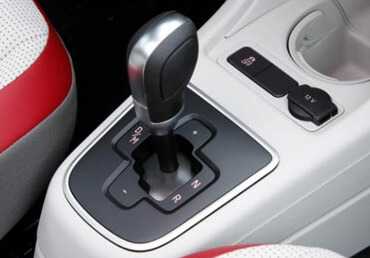HOW TO REMEMBER THE STOPPING AND BREAKING DISTANCE OF A CAR
Introduction:
Understanding the stopping and braking distances of a car is crucial for safe driving. These distances depend on various factors, and mastering them enhances your ability to react to different road situations effectively.
1. Stopping Distance:
Stopping distance comprises two main components – thinking distance and braking distance.
Thinking Distance: This is the distance a car travels while the driver reacts to a hazard. It’s influenced by factors such as perception time and reaction time.
Tip: “Think before you hit the brakes! Your thinking distance is the time it takes for your brain to process a hazard. Anticipate potential dangers on the road to reduce this distance.”
Braking Distance: This is the distance a car travels while slowing down or coming to a complete stop after the brakes are applied.
Tip: “Brake smartly! Braking distance is affected by your vehicle’s speed, road conditions, and the efficiency of your brakes. Keep a safe following distance to allow for a smoother stop.”
2. Remembering the Distances:
Speed Matters: The faster you drive, the longer the stopping and braking distances. Double your speed, and you quadruple your stopping distance.
Tip: “Speed and distance are directly proportional. Remember, reducing speed not only complies with the law but also increases your ability to stop in time.”
Weather and Road Conditions: Adapt your driving to the environment. Rain, snow, or slippery roads increase stopping distances.
Tip: “Wet roads demand extra caution. Increase your following distance during adverse weather conditions to account for the longer stopping distance.”
Brake Efficiency: Regularly check and maintain your brakes. Well-maintained brakes are crucial for optimal braking performance.
Tip: “Keep your brakes in top condition. Schedule regular maintenance checks to ensure they are responsive and effective when you need them.”
Conclusion:
Mastering stopping and braking distances is fundamental for safe driving. By understanding the factors involved and implementing practical tips, you’ll enhance your ability to navigate the roads confidently and responsibly.
Remember: Stay alert, manage your speed, and maintain your vehicle to ensure you’re always in control when it comes to stopping and braking. Safe travels!



